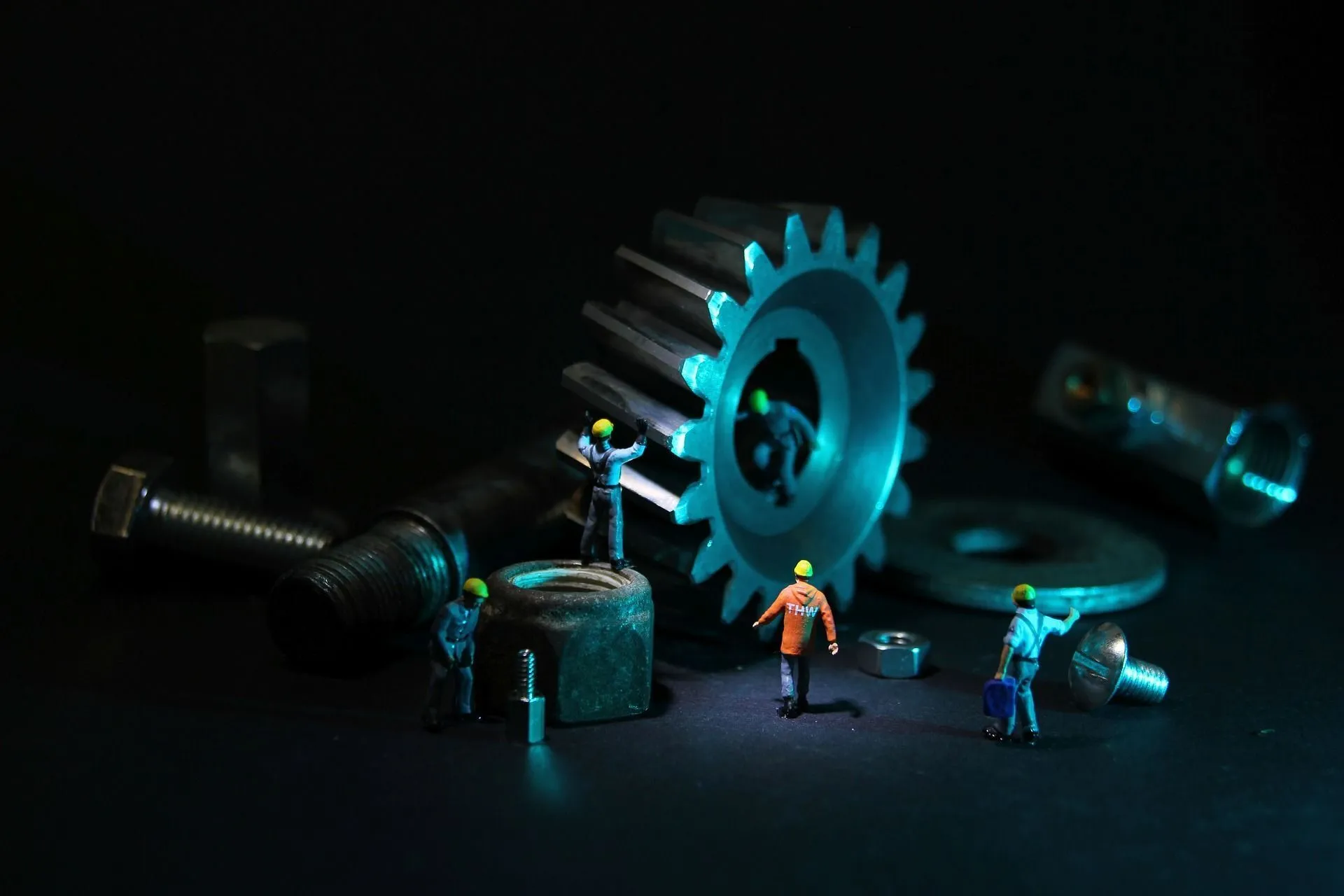From reactive to prescriptive maintenance: the journey to predictive maintenance and beyond


In our exclusive interview with Sebastian Pütter, process optimization specialist at MENSHEN, we explore how the AiSight solution has grown into a success story for MENSHEN since its August 2022 installation, and how it's guided the firm to more efficient equipment monitoring practices.
The AiSight predictive maintenance solution provides machine information to prevent unplanned machine failures. Learn more about how predictive maintenance can increase MTBF in your plant here.
The global microchip shortage is an ongoing crisis. As a company developing a predictive maintenance solution based on sensors, we rely on microchips. So we’ve investigated the issue and summarized our findings in this article.
